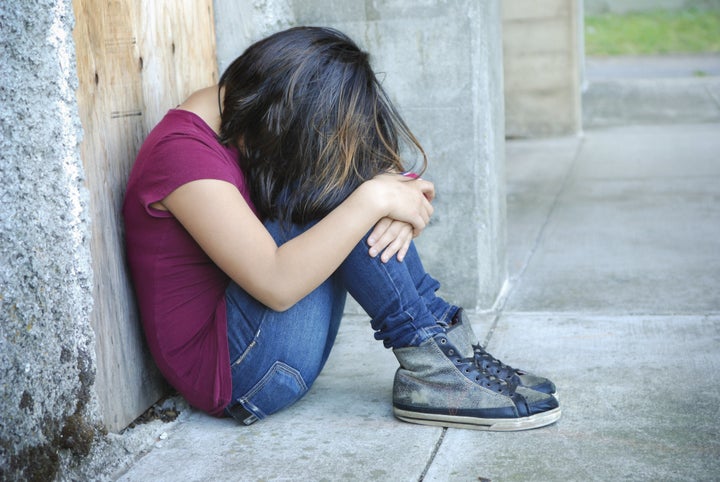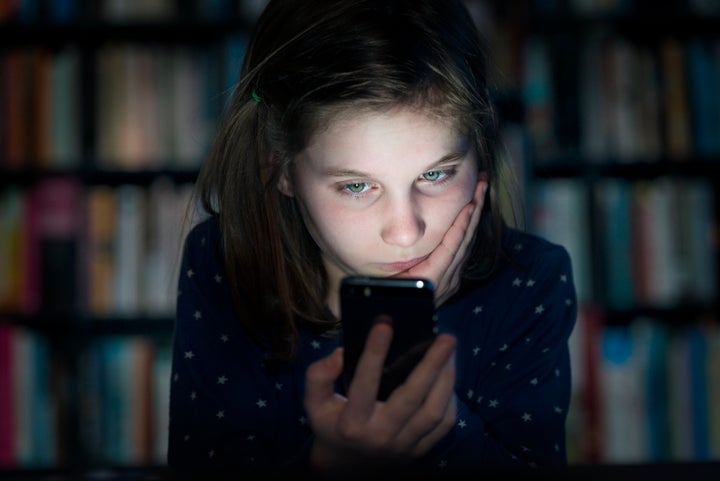
“Traditional” bullying like name-calling and exclusion still far outstrips cyber-bullying among teens - despite the huge popularity of social media, researchers have claimed.
A study published in the Lancet Child and Adolescent Health journal found that only 1% are victims of just cyber-bullying, compared to 27% who are just abused in person.
Instead, experts say that it has become an “additional tactic in the bullies’ arsenal”, with 90% of teens abused online also experiencing face-to-face bullying.
“Despite common perceptions and the growth of the online world for teenagers, our study finds that cyberbullying, on its own, is relatively rare, with face-to-face bullying remaining most common among teenagers,” lead author Dr Andrew Przybylski said.
“Cyberbullying is best understood as a new avenue to victimise those already being bullied in traditional ways, rather than a way to pick on new victims.”
Experts have now called for the two forms of abuse to be tackled together to best help young people.
Co-author Professor Lucy Bowes called bullying a “major public health problem”, saying the report’s findings support an “urgent need” for intervention.
“Initiatives that help teenagers become resilient in everyday and online contexts will be important if we are to help them overcome the negative mental health impacts bullying may have, such as an increased risk of poor mental well-being and lower life satisfaction,” Bowes said.
The study, the largest of its kind, used confidential questionnaires to assess bullying and mental well-being over a two-month period in more than 110,000 15 year olds across England – the equivalent of one in five of all teens that age in the country.
The report found that almost a third (30%) of all teenagers had experienced some form of regular bullying - including one in three girls and one in four boys.

Those who said they were being victimised were five times more likely to report the lowest levels of well-being, though authors noted that people will poor mental health or well-being may be more at risk of being bullied.
The most common forms of abuse reported were being teased or called mean names (12%) and having false rumours spread about them (9%).
Physical bullying and cyberbullying were less common, with 2% of teens reporting this to researchers.
Around the same number said they had been sent mean online messages or had had photos of themselves shared without permission.
Professor Helen Stokes-Lampard, chair of the Royal College of GPs, said the “huge amounts” of people shown to be affected by bullying was “alarming” and called for a “society-wide approach” to tackle the problem.
“As well as more being done across society to stamp out bullying in its overt forms, we need more, and more varied, mental health services provided in the community, and for GPs and our teams to have easier, quicker access to them, which will be of great benefit to our patients,” Stokes-Lampard said.
“NHS England’s GP Forward View pledged for every GP practice to have access to one of 3,000 new mental health therapists. We need this, and its other promises - including £2.4 billion extra a year for general practice and 5,000 more GPs - to be delivered as a matter of urgency.”
